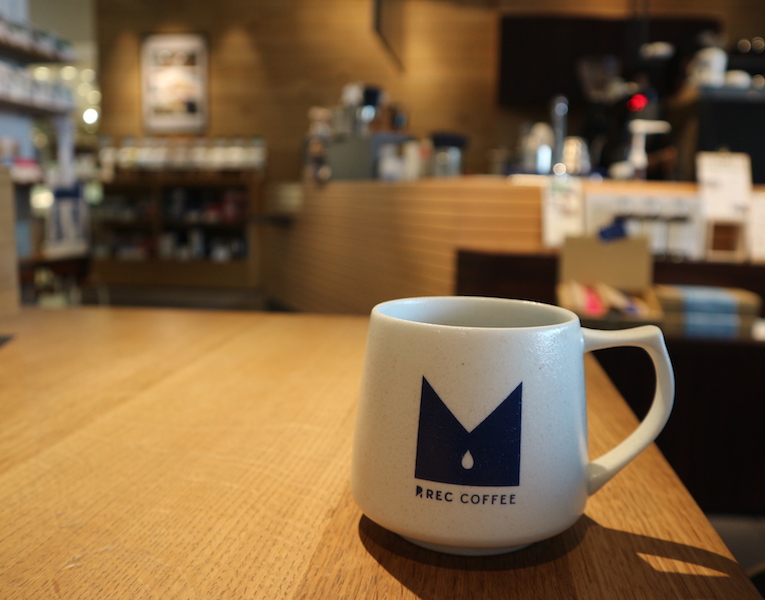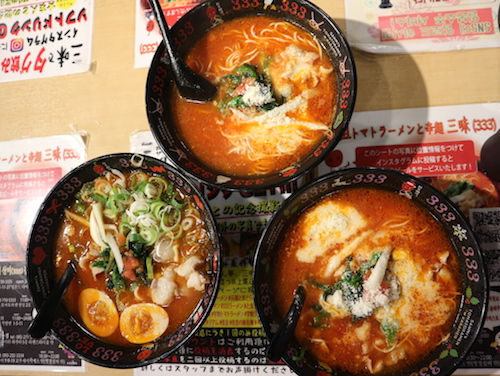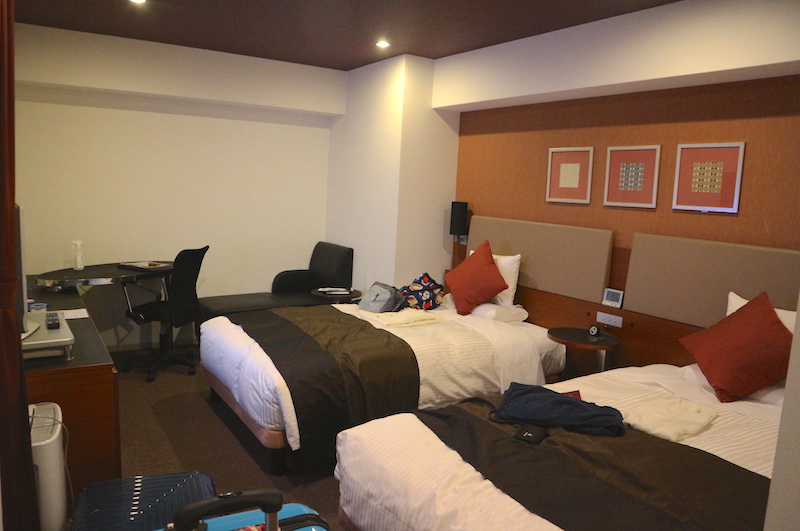
2 weeks in Kyushu with the Japan rail pass. Part 1 of 6: Day 1 – 3 Fukuoka
In the Summer of 2019, we explored Kyushu Japan with the Japan rail pass (aka: JR pass). This time we were 3: myself, C, and C’s mum. The JR pass allows you to travel with almost all JR trains including some bullet (Shinkansen) trains in Japan. We bought 14 day passes (£339 per person).
I’ll share our 2 week itinerary here and hope it’ll help you when planning your own railway journey to and around Kyushu.
Day 1: Fukuoka – REC coffee – Ramen stadium – unable to check in Airbnb!
We flew from Dusseldorf Germany and landed at Fukuoka airport at around 3pm. From the airport, the main station Hakata is only 2.6km away. We took a bus to Hakata station. The bus costs ¥260, but foreign visitors can buy a special ‘¥500 for 2 people’ ticket and save ¥20 (about 15 pence)!!

It was coffee time for all of us, so we visited REC coffee near Hakata station. Warm and relaxed atmosphere, friendly service and excellent coffee. I highly recommend this place.

I went back to Hakata station to exchange our rail pass orders for actual JR passes and book all our trains for the entire journey. With a valid rail pass, you can book the seat on the day of travelling, but I recommend booking your seats as early as you can as shinkansen seats can fill up quickly during busy times of the year. In fact, our trains from Beppu to Kyoto were all booked up, so I visited JR offices frequently during this journey to check availability.
We then went to Ramen Stadium in Canal City and had apparently famous ‘tomato ramen’ – not great. The noodles were good and the broth was nice the first few mouthful, but afterwords it began to taste more like a packet tomato soup.

Now ready to relax, we headed to our airbnb in Haruyoshi area not far from Canal City. I opened the key box and… there was no key.
I did not have a mobile phone, so I asked at a restaurant across the street where the nearest payphone was. The chef grabbed the phone in the kitchen and told me to use it – thank you!

4 hours forward, the room was double booked and we checked in a near by hotel, it was already 1am.
Day 2: Tocho-ji Temple – Jyoten-ji Temple – Hakata Udon – Crazy Airbnb host!
We were exhausted.
I usually get jet lagged after a long flight, but the problem with the airbnb added another kind of stress. Last night, I told the host to tell me in writing (and via airbnb) that he will pay for our hotel. He did write that message, but I was still worried if I was really going to get back my ¥76000… By the way, we stayed at a chain hotel called My Stays and were given two separate rooms.

Worried and exhausted, I went out still, and was immediately cheered by a natto riceball at seven eleven (never seen it anywhere else in Japan!)

We visited Tocho-ji Temple,

and Jyoten-ji Temple (where you can find a monument which states that Hakata is the birth place of udon/soba noodles)

and had Hakata’s famous ‘Gobo-ten udon’ (udon noodle soup with burdock tempura) at Inaba Udon (¥480). Hakata udon is characterised by its soft texture, but takes a little bit of getting used to if you normally eat chewy udon. The broth was light but packed with flavour.

Kyushu is well-known for shochu liquor. We went to a cheap and cheerful chain restaurant/izakaya called West and tried 4 different kind of shochu (¥350 a cup).

Went back to our hotel and thanks to shochu, I fell asleep nicely despite my jet lag – until I was rudely awaken by the airbnb host who decided to visit me at 1am, 1am! without an appointment! They wanted to pay me for the hotel which was great, but why they decided to turn up in the middle of the night like that, I did not understand. I felt safe enough with 2 hotel receptionists standing near me, but the whole situation was deeply disturbing. Relieved that money came back, but I was not able to go back to sleep afterwords.
Day 3: Dazaifu Tenmangu – Hakata Ramen – Last evening in Fukuoka
Tenmangu shrines are dedicated to a scholar from Heian period called Sugawara Michizane. There are hundreds of Tenmangu shrines throughout Japan, but Fukuoka’s Dazaifu Tenmangu is the most important as it was built on the site of Michizane’s grave.

The bus that connects Hakata station and Dazaifu leaves frequently. The journey takes about 45minutes and costs ¥600 one way. We bought a ‘Fukuoka city + Dazaifu liner One-day Pass’ for ¥1500. The pass basically works as a 2 way ticket to/from Dazaifu as well as a day bus pass within Fukuoka city centre. We had bought our pass already yesterday as we wanted to use it to get to Hakata station from our hotel.

The path that leads to the shrine’s main hall represents past, present and future, but it was very difficult to be philosophical in that extreme heat and large crowd.

By the way, you must try this local speciality desert called Umegae Mochi when you come here! It is a grilled rice cake filled with sweet red been paste and eaten hot off the griddle. The buns of mochi are baked on an iron plate and they are fresh, warm and tasty! They are available at various shops along the sando pathway leading to Dazaifu Tenmangu Shrine.

Arriving back at Hakata station, we went to Shin Shin Ramen near (or should I say inside?) the station. We were told by our local friend that this is where the locals go for a bowl of Hakata ramen. We got there just after 5pm and already there was a long queue, but it moved quickly. ¥650 for ramen and ¥750 if you want to add an egg.

This was our last evening in Fukuoka. I went for a short evening stroll and thought that one day I would like to come back to Fukuoka; to get to know the city properly without jet lag or having to deal with a horrible airbnb host.






2 Comments
Brandon
Tomato Ramen? But why, when you have the best (Tonkotsu) in Fukuoka.
Fukuoka is a great city with so much to see and do. On my latest trip I visited some of the attractions mentioned in your post. I also saw the Starbucks by the Dazaifu Temple, loved the architecture. Great Post! Hopefully you get a chance to visit Fukuoka again.
A
Hi Brandon! Yes, Tomato ramen! Try anything once, right? 😁 I’d love to go back to Fukuoka and next time really enjoy and appreciate the city without having to worry about airbnb double booking problem!